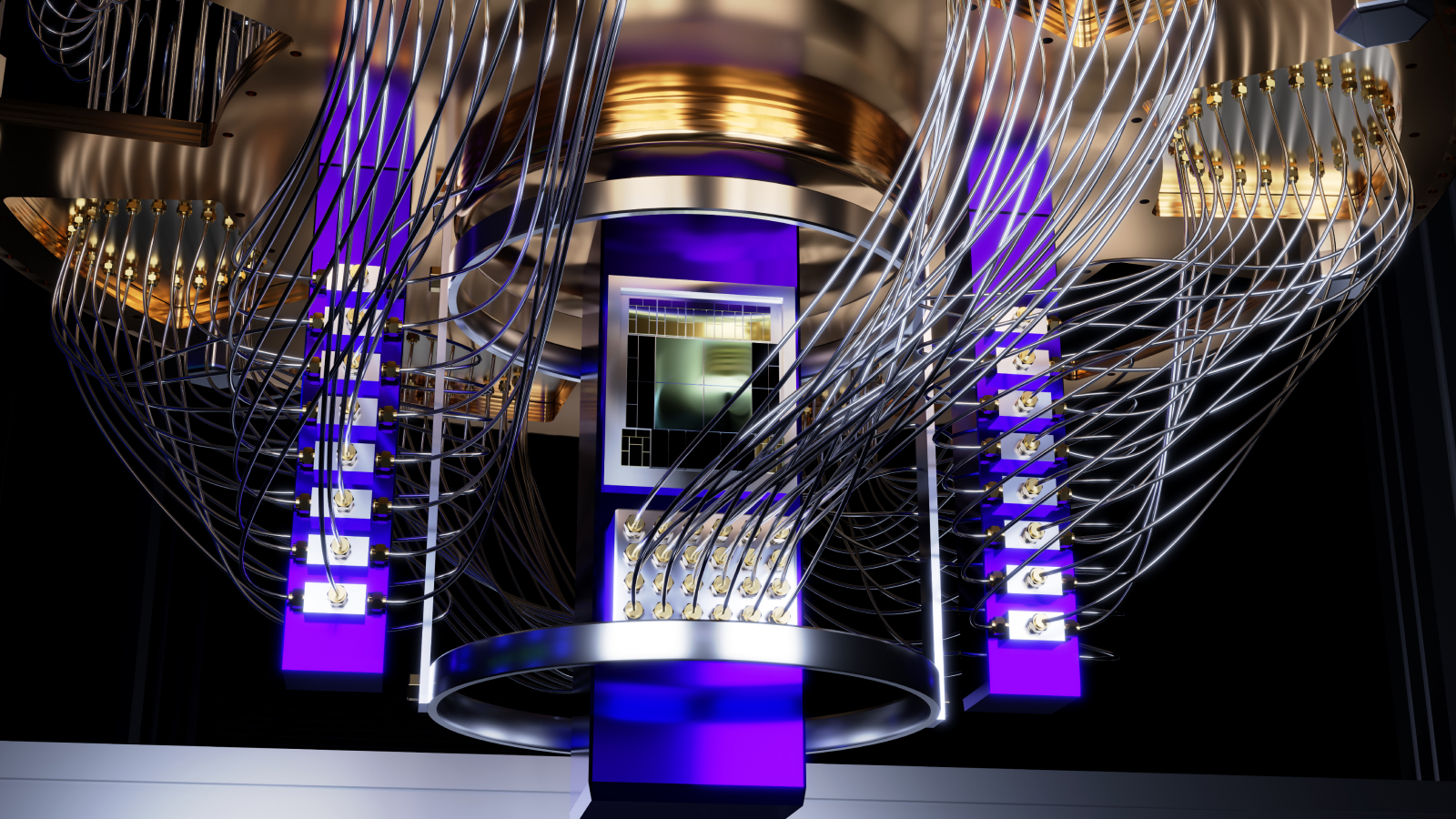Qubits inspired by 'Schrödinger's cat' thought experiment could usher in powerful quantum computers by 2030
Quantum technology company Alice & Bob outlines its plan for quantum computing by 2030, but how feasible is that goal?

A fault-tolerant quantum computer could be here by 2030, thanks to an invention called the "cat qubit," named after the famous Schrödinger's cat thought experiment, in which a cat locked in a box with a radioactive pellet exists in a superposition of "dead" and "alive" states until the box is opened .
Researchers from the Paris-based quantum technology company Alice & Bob unveiled the roadmap in a white paper published earlier this month.
This new "quantum era" would be realized as soon as scientists build a quantum processing unit (QPU)capable of holding 100 logical qubits. Logical qubits are collections of physical qubits that share the same information to ensure that calculations can continue when a single qubit within the group fails. Because qubits are inherently error-prone — failing at a rate of 1 in 1,000 (versus classical bits, which fail at a rate of 1 in 1 million million) — quantum calculations are often disrupted.
The scientists have already accomplished the first step in this roadmap by developing the cat qubit. Like its doomed namesake, the cat qubit exists in a double superposition of two quantum states simultaneously. More conventional qubits exist in a single superposition, existing as both 0 and 1. One key advantage of a cat qubit is that as you scale up the number of qubits, the number of so-called "bit-flip" errors —where a 0 switches to a 1 or vice versa — decreases dramatically. Other types of errors become more common, but the tradeoff is still worth it.
Crucially, cat qubits are resistant to decoherence — interference from the external environment that causes qubits to lose their quantum properties and lose any useful information they carry.
But to achieve their goal of useful quantum computing by 2030, Alice & Bob scientists have identified four further milestones that need to be reached. These are to build a logical qubit that is capable of error-correction, create the first error-correcting logical gate, otherwise known as a quantum circuit, create a universal set of logical gates and real-time-error correction. Once all those steps are completed, they will need to create a processor that can house 100 high-quality logical qubits.
Although each milestone builds on the one before it, there is much to accomplish within five years.
Sign up for the Live Science daily newsletter now
Get the world’s most fascinating discoveries delivered straight to your inbox.
The white paper from Alice & Bob, doesn't address unexpected setbacks or "unknown unknowns" (often referred to as black swans). Unlike risks, which can be anticipated and accounted for, unknown unknowns are completely unexpected.
And even if a chip capable of holding 100 logical qubits is developed, that does not necessarily mean that the technology would be commercially viable and deployable at scale.
Peter is a degree-qualified engineer and experienced freelance journalist, specializing in science, technology and culture. He writes for a variety of publications, including the BBC, Computer Weekly, IT Pro, the Guardian and the Independent. He has worked as a technology journalist for over ten years. Peter has a degree in computer-aided engineering from Sheffield Hallam University. He has worked in both the engineering and architecture sectors, with various companies, including Rolls-Royce and Arup.










